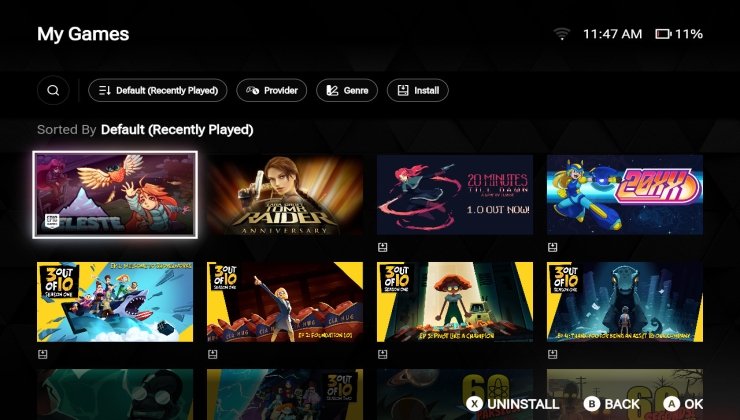

The best part of the blogpost: They are going to invest even more next year.
Last week, the budget committee of the Bundestag decided to increase the Sovereign Tech Fund’s allocation by €4 million for next year. We’re honored and thankful for the German Parliament’s recognition of the importance of open source technologies, and for their continued trust in our work.
























It’s a term that goes back to the cold war. There was a strike and the Soviet Union ended it violently by rolling tanks into the city. This put communists all over the world into a bit of a dilemma: on one side of the conflict was the working class making their opinion known (a communist value) and on the other the Soviet Union (the good guys). So whose side should they take?
It was British communists who coined the term “tankie” for those who defended the SUs actions to brand them as “fake communists” who are more interested in identity politics (the good guys did it, therefore it’s OK) than the plight of the working class.